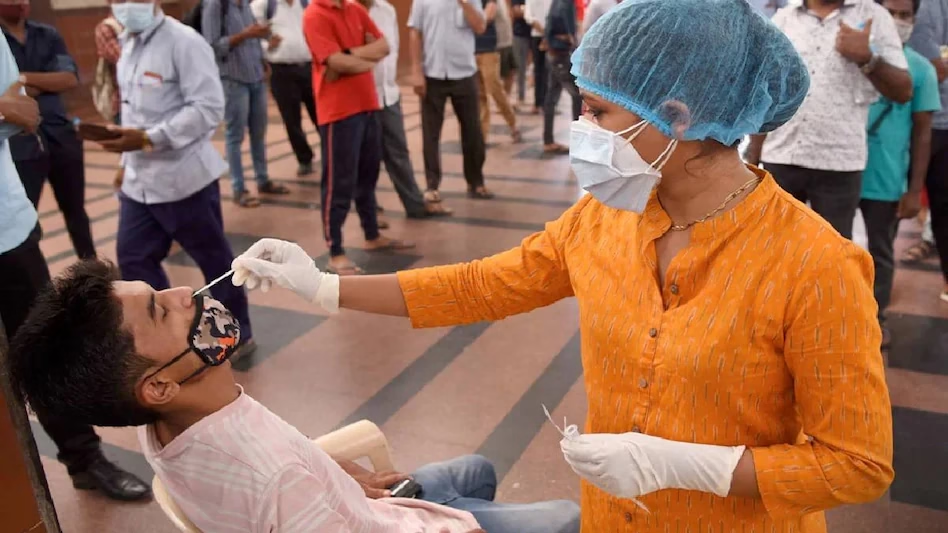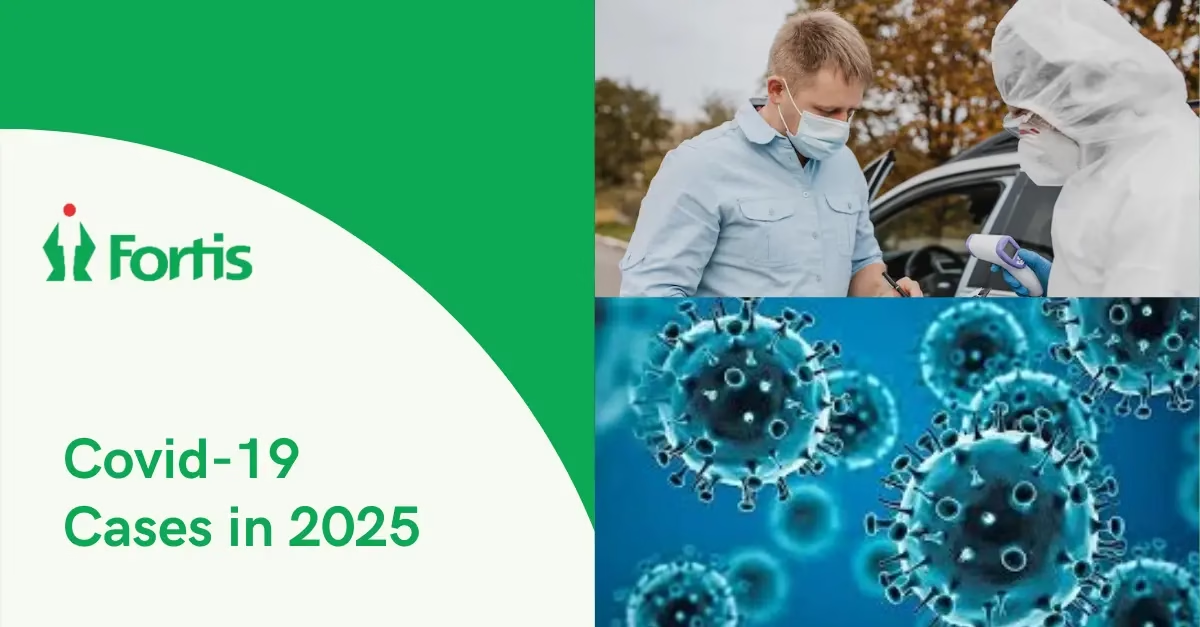🦠 A Brief Overview of COVID-19’s Journey and Its Current Status in India
The COVID-19 pandemic, caused by the SARS-CoV-2 virus, first emerged in Wuhan, China, in late 2019. The virus rapidly spread across the globe, shaking economies, healthcare systems, and daily lives.
India reported its first confirmed case on January 30, 2020, in Kerala, involving a medical student returning from Wuhan. This marked the beginning of a long battle that impacted millions.
🧬 Understanding COVID-19
COVID-19 is an infectious respiratory illness. It primarily spreads through respiratory droplets when an infected person coughs, sneezes, or speaks. Surfaces contaminated with the virus can also contribute to its spread if one touches their eyes, nose, or mouth afterward.
Common symptoms include fever, dry cough, fatigue, and in severe cases, difficulty breathing. The virus affects people differently — while many recover with mild symptoms, vulnerable groups like the elderly or those with underlying conditions may experience serious complications.
📊 Impact in India (2020–2022)
2020
India enforced a nationwide lockdown starting March 25, 2020 — one of the world’s strictest — to contain the spread. Daily life was disrupted, migrant workers struggled, businesses closed, and hospitals were overwhelmed.
2021
The second wave, dominated by the Delta variant, turned out to be far more deadly. With shortages of oxygen and hospital beds, the period from April to June 2021 saw record fatalities, leaving lasting trauma nationwide.
2022
The Omicron variant triggered another wave, but with milder symptoms. While cases rose, hospitalizations remained lower, thanks to increased vaccination coverage and natural immunity.
💉 India’s Massive Vaccination Effort
India launched one of the world’s largest vaccination drives, using both Covishield and Covaxin initially, later including Corbevax, Sputnik V, and intranasal vaccines.
- January 2021: Began with frontline and healthcare workers.
- March 2021: Extended to 60+ age group and those with comorbidities.
- May 2021: Available to all adults 18+.
- March 2022 onward: Booster or precautionary doses introduced.
By January 2023, over 220 crore doses had been administered. Around 97% of the adult population had received at least one dose, and 90% were fully vaccinated — a significant milestone in India’s pandemic response.
🧾 The 2025 Resurgence
Now, in 2025, India is witnessing a slight resurgence of COVID-19 cases, but the situation remains well under control.
- Active Cases (May 26, 2025): 1,010 nationwide
- Top Affected States: Kerala (430), Delhi (104), Maharashtra, Tamil Nadu
- New Variants: NB.1.8.1, LF.7, JN.1 detected through genomic sequencing
These newer strains have shown milder symptoms, and hospitalization rates remain very low.
🏥 Government and WHO Response
Both the Indian Government and World Health Organization (WHO) have responded with proactive measures:
- Surveillance: State-level tracking and sequencing of new variants
- Healthcare readiness: Isolation wards and RT-PCR testing reinforced
- Public advisory: Emphasis on wearing masks in crowded places, regular hand hygiene, and avoiding misinformation
Authorities have ruled out lockdowns, opting instead for localized containment and awareness campaigns.
😌 No Need to Panic — Stay Informed & Aware
Most of the new COVID-19 cases in 2025 are mild and can be treated at home. Fever, cough, sore throat, and fatigue are being managed with basic medication and rest.
Key reasons why there’s no need to panic:
- High vaccination coverage
- Mild variants
- Healthcare preparedness
- Public awareness and experience
India is now better prepared than ever to manage small outbreaks without major disruption to life and work.
✅ Conclusion
The story of COVID-19 in India reflects a nation’s resilience, scientific commitment, and community support. While the recent rise in cases is a reminder that the virus isn’t gone, India’s vaccination success, infrastructure, and citizen response ensure that the country is no longer vulnerable the way it was in 2020.
Stay calm, follow official guidelines, and most importantly — don’t spread panic or false information. Let’s continue moving forward together, informed and safe.
World Health Organization (WHO)Ministry of Health and Family Welfare – India
For more news Visit :- Whisperweb

